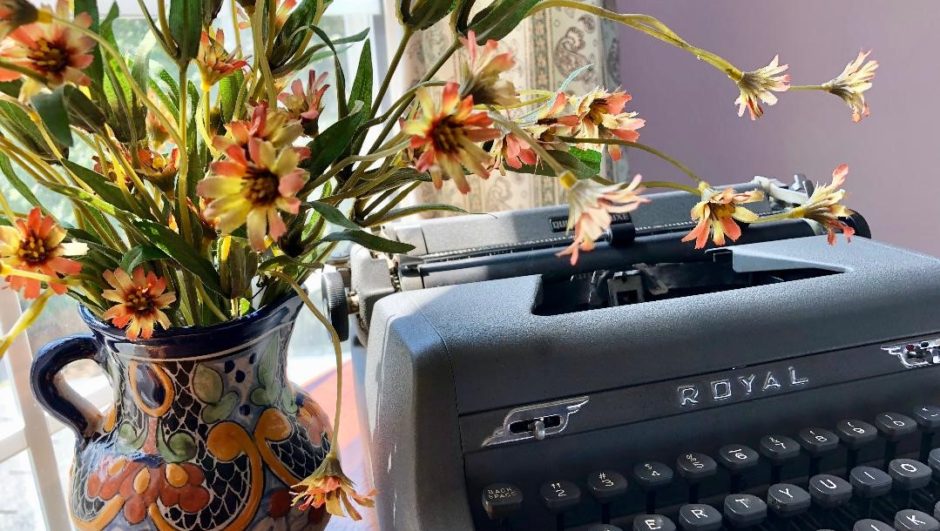
I usually make it a rule only to profile strong women who have passed away.
But for this month I want to make an exception. I am telling the story of Mary Freeman Kelly Spitzer, because her accomplishments were extraordinary, and yes, she is very much alive.
Born in 1933, Mary started swimming at the age of fourteen. She learned and practiced her strokes in the pool at the Walter Reed Army Hospital in Washington D.C. where her father was a chemist on the staff.
Almost from the beginning, a competitive nature led her to push herself. Each time she swam, she tried to beat her previous times. The backstroke became her specialty.
By 1950 many Americans were leaving cities and moving to the suburbs. With this relocation and the availability of the new Polio vaccine, public swimming pools and swimming clubs prospered. Mary now had other girls to swim with, and compete against for awards.
By age eighteen, in 1951, Mary Freeman won the AAU National Championship Title in the backstroke and was designated as an Olympic hopeful. That honor put her on the July cover of LIFE magazine. Her aquatic accomplishmenst were quite noteworthy, since this is a full twenty-one years before Title IX was passed allowing women to compete in collegiate sports.
One year later, Mary was on her way to Helsinki, Finland, representing America in the Olympics. She was the top seed in the backstroke, but did not win the medal.
It was at the Helsinki Olympics, however, that Mary met her future first husband, Olympian Rower John Kelly Jr. of Philadelphia. They married in 1954, two years before his sister, Grace Kelly, married Prince Rainier of Monaco.
Mary Freeman Kelly and her husband bought a home in Philadelphia; she continued to swim, but retired from competition.
It would have been plausible for Mary to settle into a country club life and continue her swimming in club pools. However, she thought about the girls who loved to swim but did not have the opportunity to swim competitively.
After being asked to coach a swim team in a summer league, she decided to form her own swim team where girls who wanted to compete could learn the rigors of serious competition.
In 1955 Mary established one of the first all-women swim teams in the country. She named her team the Vesper Boat Club, which was the same title as the rowing team in Philadelphia for whom her husband competed.
At first, Mary’s team rented space from the mid-city YMCA pool, but then progressed to the Kelly Pool in Fairmont Park, which provided them with 50-meter swimming lanes. Later, the Vespers would train at the University of Pennsylvania’s pool.
By 1958 Mary had a swimmer in the finals of the women’s national championship.
Within two years, six of her girls swam at the U.S. Olympic Trials, and two of them qualified to compete at the 1960 Olympics in Rome, Italy.
The following year Mary coached her Vesper team to the AAU National Championships in Philadelphia, and they won.
Like any sport, swimming incurs fees. Instead of taking a coaching salary, Mary used the fees paid by her amateur athletes to rent the pool space where the team practiced.
What makes Mary Freeman Kelly Spitzer stand out among coaches is that she encouraged her athletes to be ladies first, swimmers second. She enforced an innovative and rigorous program for her girls, yet the swimmers attest to this day that she made each of them feel a part of the team, regardless of their proficiency level. Vivacious, yet humble, Mary became a role model for hundreds of girls throughout the years.
In 1964 Mary was asked to be an Olympic swimming coach for the United States, but she declined. With a husband, and five children, she opted instead to continue coaching the women’s swim team at the University of Pennsylvania, close to home.
In 1968, at the age of 34, Mary retired completely from coaching to be more involved in her children’s lives. But in the 13 years that she coached, Mary produced 15 national champions who went on to win 26 national titles among them. Her girls set 10 world records and sent swimmers to nine Olympic Trial finals. Twelve of her swimmers went on to become coaches themselves.
She and Jack Kelly divorced in 1980, and after his death in 1985, Mary married university professor, Alan Spitzer.
In 2008 she was the first female coach to be inducted into the ASCA Coaches Hall of Fame. In her interview she espoused that her love of the sport drove her to excel and her tenacious (she said aggressive) spirit propelled her to provide a competitive swimming experience for girls.
It is of interest to note that out of 71 coaches named to the ASCA Hall of Fame, only seven have been women—starting with Mary Freeman Kelly Spitzer.
Considered to be one of America’s greatest swim coaches, Mary’s swimmers still speak of her with fondness. Was she tenacious? Absolutely. But she was also gracious, kind, and a lady to the core– a true strong woman.
A tremendous thank you to both Mary Brundage DeLashmutt and Mary Ellen Olcese who alerted me to Mary Freeman’s story and then provided pertinent information to flesh out the details. Both Mary and Mary Ellen swam for Mary Freeman.
If you enjoyed this story and are not yet a follower of this blog, please sign up on the right side-bar to receive once a month posts. And if you have an extraordinary woman whose story you would love to share, please contact me. I am on Twitter @LHsittig, FaceBook as Linda Harris Sittig and my website: www.lindasittig.com.
Interested in other strong women? My two novels, Cut From Strong Cloth and Last Curtain Call are available in print and Kindle from bookstores and on Amazon.


Cut From Strong Cloth amzn.com/1940553024
Last Curtain Call amzn.com/1940553067
